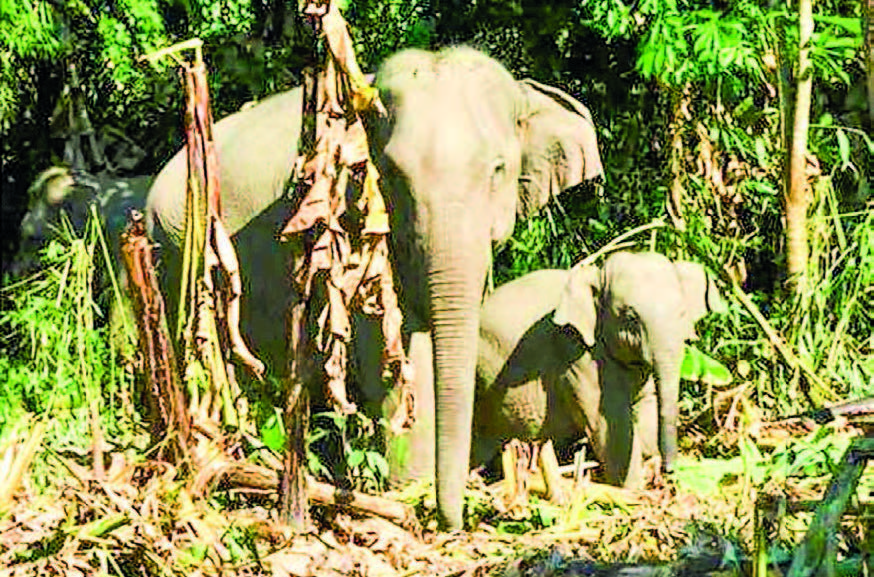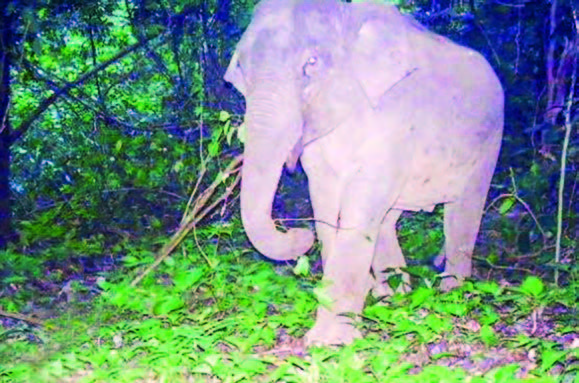THERE are two different types of elephants: the African elephant and the Asian elephant. The Taninthayi Nature Reserve in Myanmar is estimated to have between 45-64 Asian elephants.
In 2011, in the Taninthayi Nature Reserve, such elephants were found to inhabit 90 per cent of the reserve, and it is estimated that their population may have increased since now.
In ancient times, during the reigns of Myanmar kings, a country that possessed a large number of elephants was regarded as a militarily powerful nation. In the modern era, however, countries with effective conservation practices are recognized for their ability to sustain elephant populations, which serve as a symbol of a healthy ecosystem. Moreover, nations that can protect wildlife sanctuaries and wetlands are generally regarded as nations possessing a fine environment. In Myanmar, the presence of numerous protected forests and wetland areas enables wild elephants to survive and thrive.
“Elephants are considered a symbol of ecological richness in a forest of nature conservation areas. Among wildlife, elephants have a wider feeding range than tigers. If a large number of elephants are foraging in an area, it indicates that the forest is ecologically healthy and rich in biodiversity. In the Taninthayi Nature Reserve, more than 60 elephants have been recorded.
“In neighbouring countries, elephant-based tourism has been successfully developed, and similarly, in Myanmar, elephant conservation is contributing positively to the tourism industry. To increase the elephant population, it is essential to effectively prevent elephant poaching. All citizens need to be aware of this and take part in the effort. If deforestation and harm to elephants increase, the environment will also be severely affected. To ensure elephant reproduction, it is crucial to preserve healthy ecosystems and pastures,” said U Nyein Chan, staff officer of the region’s Department of Biodiversity and Wildlife Conservation.
Myanmar is working to showcase the rich biodiversity and ecosystems of its ASEAN Heritage Parks to other regional countries. Myanmar is also collaborating with the ASEAN Centre for Biodiversity (ACB) to ensure the long-term conservation and sustainable use of its biodiversity. This includes implementing community-based conservation projects around the parks and carrying out initiatives funded under the ACB-SGP, which aim to engage local communities in protecting biodiversity while also supporting their livelihoods.
Such actions support the biodiversity and ecosystem, and the survival of wild elephants and other animals, and the wild elephants are found in northern Myanmar, Bago Yoma, Rakhine Yoma and southern parts of Myanmar. — Thitsa (MNA)/KTZH



